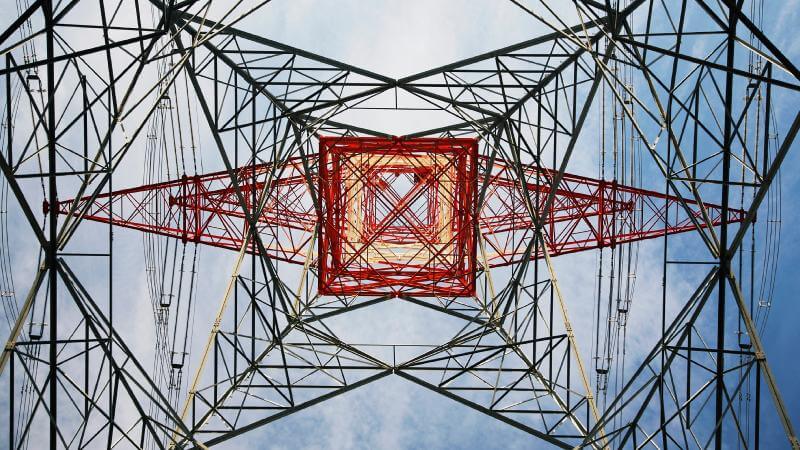Infra
Flexible by design: The key to financially viable and sustainable infrastructure

The need for strategic flexibility is further magnified by the uncertainties of our time, including economic volatility, geopolitical tensions, technological shifts and the unpredictable impacts of global health crises. Traditional engineering practices, which often prioritise robustness and economies of scale—designing systems to function optimally within a predetermined set of conditions—are proving increasingly insufficient. ‘The core idea is to select an infrastructure design that stacks the cards in your favour, allowing you to make future decisions in light of additional information and uncertainty, instead of trying to find the right design in view of a particular—and often optimistic—future,’ says Michel-Alexandre Cardin, associate professor at Imperial’s Dyson School of Design Engineering and co-lead of the HVDC analysis, noting that having a rigid view of how conditions may evolve is also a common reason that mega-projects go over budget.
Cardin is part of a global community of researchers who are disseminating a collection of use cases to help governments, project owners and practitioners analyse flexibility in complex infrastructure and large-scale engineering projects across diverse industries and fields such as urban planning, water resource management and renewable energy systems. For strategic flexibility to fully realise its potential, companies, governments and institutions must deliver on a pragmatic approach to developing infrastructure which is resilient to disasters and the effects of climate change, as well as adaptable to inevitable fluctuations in demand.
Our research has demonstrated a significant financial benefit associated with the adoption of strategic flexibility. Although enthusiasm for such results is warranted, it’s crucial to approach the implementation of the designs with a measured understanding of the potential challenge and considerations involved. For businesses looking to capitalise on these insights, a strategic approach to integrating flexibility into decision-making can lead to more resilient and economically viable infrastructure—a crucial enabler on the path to net zero.


)






